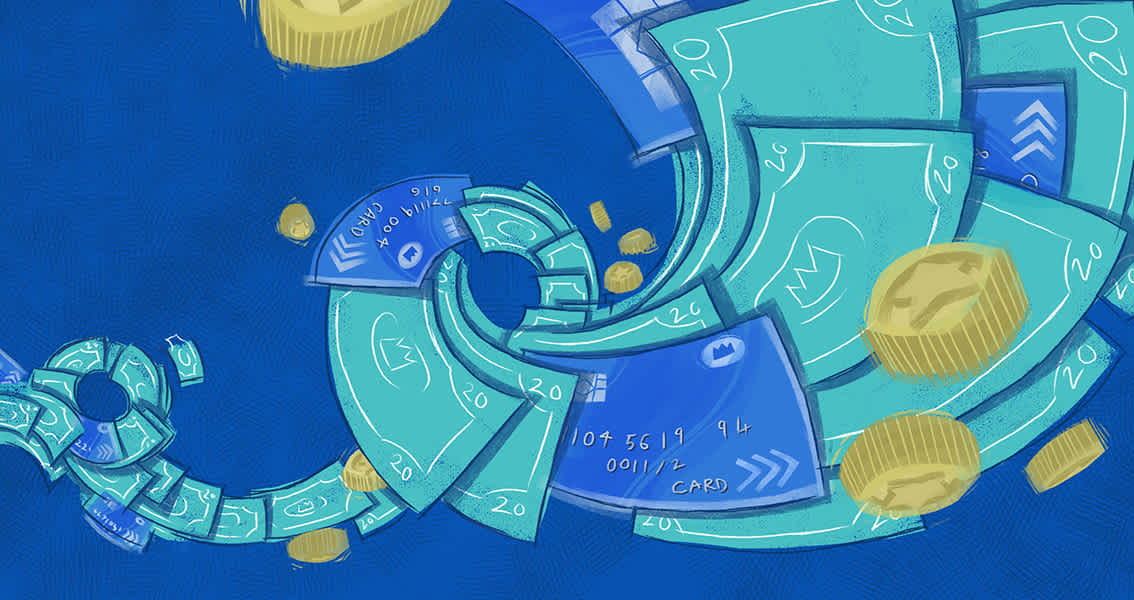Card surcharge ban: what does it mean for businesses?

Last editedJan 20203 min read
On 13 January 2018, new UK legislation and pan-European regulation came into effect, making it illegal for businesses to add surcharges to credit and debit card payments anywhere in the EEA.
The surcharge ban is one of many changes brought about by the new EU regulations known as the European Payment Services Directive 2 (PSD2), an update to the previous payments directive in 2013. The regulations are intended to increase competition in the payments industry, enhance customer protection and introduce common standards.
The surcharge ban itself is designed to ensure that customers avoid unfair or hidden charges at the point of purchase, particularly with credit card payments, where transaction costs can be as high as 3-5% and in certain industries have historically been passed on to customers.
But, what does it mean in practice for businesses?
Businesses that accept card payments can no longer pass the charge for processing transactions on to their customers and will have to find ways to cover the cost.
The ban does not apply to payments made with corporate credit or debit cards, but merchants who take payments from these sorts of cards (typically B2B businesses), cannot charge fees higher than the costs they have incurred for processing payments.
Pranav Sood, Director of Business Operations and Strategy for GoCardless, comments: “While the ban will affect anyone taking credit or debit card payments from personal cards, the impact will differ between businesses: those hardest hit are likely to be smaller merchants or those in industries that typically operate with low margins, who will struggle to absorb processing costs.”
How can businesses respond?
One option is to increase the price of the product or service to cover the charge, though it’s unlikely that this sort of change would go unnoticed among customers and may cause a backlash (see: Just Eat’s decision to add a 50p service charge to all of their orders).
We have also seen larger organisations change the way they take payments to avoid having to absorb these costs. For example in January, HMRC announced it will no longer be accepting payments from personal credit cards, three weeks before the deadline for self assessment tax returns.
There have been similar moves in the travel industry, where operators typically work with lower margins than their retail counterparts and have traditionally charged customers around 2% for credit card payments. Online agent, Iglu, were quick to respond to the ban and no longer accept credit cards as a means of paying off a holiday balance. Instead, customers can spread the cost of their holiday by Direct Debit with GoCardless, by bank transfer or by cheque.
But, with the popularity of card payments in the UK, particularly in certain sectors like retail (they represented ~75% of all UK retail payments in 2016), removing this payment option altogether might be a risky strategy. So, what are the alternatives?
Alternative payment methods and the rise of bank to bank
If it doesn’t make sense for your business to remove cards entirely as a payment option, it might make sense to add alternative payment methods to the mix and encourage or incentivise customers to pay with these.
Among these alternatives, bank to bank payments - including Direct Debit - are a popular choice, given their low costs and low failure rates, when compared with cards.
In 2016, Direct Debit made up 20% of all 122 billion cashless payments taking place in the EU (source: European Central Bank, Payment Statistics for 2016) and Direct Debit volumes in the UK reached 4.2 billion in 2017 (more than double what they were at the turn of the millennium).
PSD2 will also lead to meaningful improvements in the way bank to bank payments are made, for example allowing new Payment Initiation Service Providers (PISPs) to trigger ‘push’ payments, with the accompanying low transaction fees and low failure rates, from a customer to a merchant account - instantaneously.
This has led some analysts to predict that bank to bank payments will become an everyday reality for consumers, and potentially capture 20% of customer spend away from existing card schemes.
“In the wake of the surcharge ban, the benefits of bank to bank payments are becoming increasingly obvious for businesses. Particularly for those who have been heavily reliant on card payments in the past,” says Pranav Sood.
“The surcharge ban is already making its mark on the payments industry but whether it marks a significant movement away from card payments, or just an increase in market share for alternative payment methods like Direct Debit, remains to be seen,” says Pranav.
“We advise businesses to look at their options and explore the new payments landscape - there are lots of alternative payment methods out there that you might find are better suited to your business needs.”

